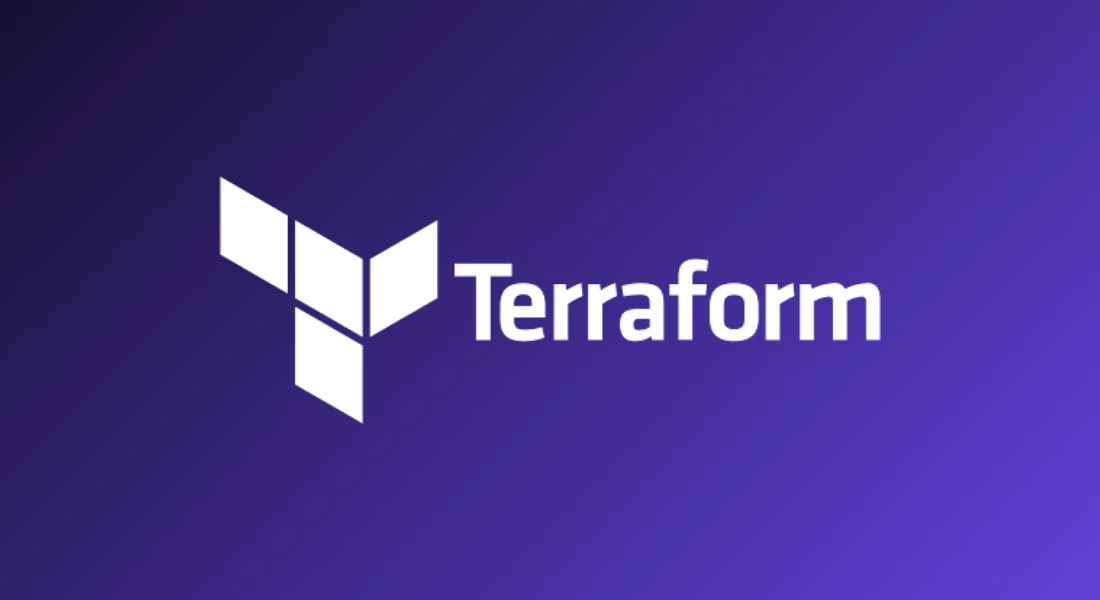Preface
This guide comes logically after the previous one I wrote about setting up a digital ocean server with Terraform.
You can clone my website’s ansible repository for reference.
The main logic for this Ansible configuration happens in the setup.yml file. This file can be called whatever you like as we’ll call it by name later on.
Installing Ansible
You can install Ansible with your package manager of choice.
I install it using pacman on Arch Linux:
sudo pacman -S ansibleThe inventory.yml file
The inventory file is where I have set the relative configuration needed for the playbook.
The all key contains all of the host configurations (although I’m only using a single one).
Within that all key is vars.ansible_ssh_private_key_file which is just the local path to the ssh private key used to access the server.
This is the key I set up with Terraform in the previous guide.
Then the hosts key just contains the hosts I want to be able to target (im using the domain name that I set up in the previous Terraform guide)
The setup.yml file explained
The setup.yml file is what is known as an “Ansible Playbook”.
From my limited working knowledge of Ansible, a playbook is basically a set of tasks that are run against a server or a collection of servers.
In my own one I am currently only running it against a single server, which I am targeting via its domain name of “zet.davidpeach.me”
- hosts: all
become: true
user: root
vars_files:
- vars/default.yml
This first section is the setup of the playbook.
hosts:all tells it to run against all hosts that are defined in the ./inventory.yml file.
become:true is saying that ansible will switch to the root user on the server (defined on the next line with user: root) before running the playbook tasks.
The vars_files: part lets you set relative paths to files containing variables that are used in the playbook and inside the file ./files/nginx.conf.j2.
I wont go through each of the variables but hopefully you can see what they are doing.
The Playbook Tasks
Each of the tasks in the Playbook has a descriptive title that hopefully does well in explaining what the steps are doing.
The key value pairs of configuration after each of the task titles are pre-defined settings available to use in ansible.
The tasks read from top to bottom and essentially automate the steps that normally need to be manually done when preparing a server.
Running the playbook
cd ansible-project
ansible-playbook setup.yml -i inventory.ymlThis command should start Ansible off. You should get the usual message about trusting the target host when first connecting to the server. Just answer “yes” and press enter.
You should now see the output for each step defined in the playbook.
The server should now be ready to deploy to.
Testing your webserver
In the ./files/nginx.conf.j2 there is a root directive on live 3. For me this is set to /var/www/{{ http_host }}. (http_host is a variable set in the vars/default.yml file).
SSH on to the server, using the private ssh key from the keypair I am using (see the Terraform guide for reference).
ssh -i ~/.ssh/id_rsa.davidpeachme zet.davidpeach.meThen on the server, create a basic index.html file in the website root defined in the default nginx file:
cd /var/www/zet.davidpeach.me
touch index.html
echo "hello world" > index.htmlNow, going to your website url in a browser, you should be able to see the text “hello world” in the top left.
The server is ready to host a static html website.
Next Step
You can use whatever method you prefer to get your html files on to your server.
You could use rsync, scp, an overly-complicated CI pipeline, or – if your’e using lupo – your could have lupo deploy it straight to your server for you.


